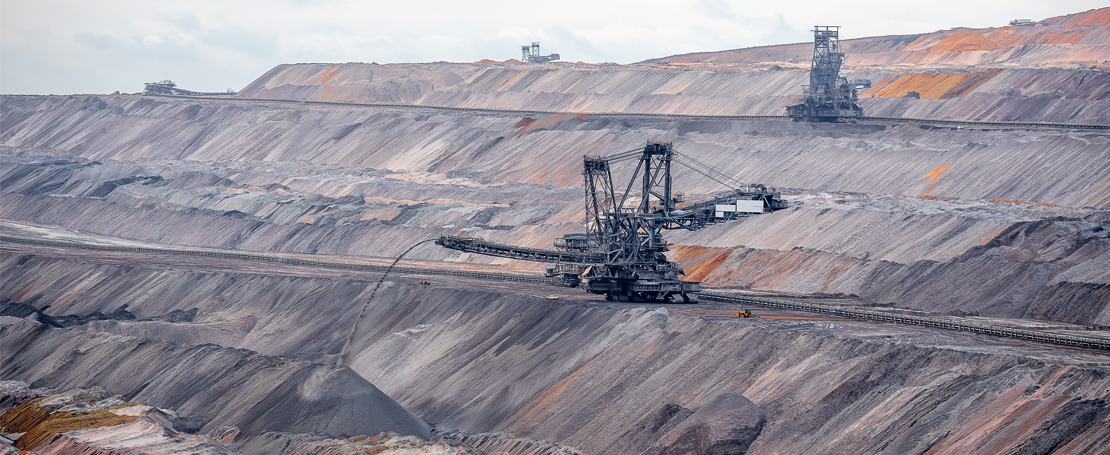In today’s world, energy production is a vital part of our daily lives. From powering our homes and businesses to transportation systems, the demand for energy is constantly increasing. With this ever-growing need for energy, it is crucial that we find efficient ways to produce it.
One of the main sources of energy production is through coal-fired power plants. Although coal remains a reliable and cost-effective energy source, advancements in technology have led to the development of more efficient and environmentally friendly coal-handling plants. These new advanced coal handling plants offer numerous benefits but also have a higher initial cost.
In order to determine whether upgrading to an advanced coal handling plant is worth the investment, a cost-benefit analysis must be performed. This analysis takes into consideration the initial cost of upgrading, as well as any additional maintenance or operating costs. It also looks at the potential benefits, such as increased efficiency and reduced emissions.
The Current State of Coal Handling Plants
Before delving into the specific benefits and costs of upgrading, it is important to understand the current state of coal handling plants. Traditional coal handling plants use a series of mechanical processes to extract coal from its source and prepare it for use in power generation. This process is often inefficient and can result in significant energy losses.
In contrast, advanced coal handling plants utilize newer technologies, such as automated systems and advanced sensors, to streamline the coal handling process. This allows for more accurate and efficient extraction, resulting in higher energy output and reduced waste.
Although traditional coal handling plants have served as a reliable source of energy production, they come with limitations and challenges. These include:
- Inefficient coal extraction processes lead to higher costs
- High energy losses during transportation and storage
- Negative impact on the environment due to emissions and waste products
What Does an Advanced Coal Handling Plant Offer?
Upgrading to an advanced coal handling plant can address many of the limitations and challenges faced by traditional plants. Some of the benefits include:
- Increased efficiency in coal extraction and processing, leading to lower costs and higher energy output
- Reduced environmental impact through better emission control and waste management systems
- Improved safety for workers due to automated processes and fewer manual labour requirements
These benefits contribute to a more sustainable and eco-friendly energy production process and have potential cost-saving implications for power plants in the long run.
Technological innovations involved in advanced coal handling plants also allow for better monitoring and maintenance of the plant, resulting in fewer breakdowns and reduced downtime. This ultimately leads to higher productivity and lower operating costs.
The Cost of Upgrading
Despite the numerous benefits of upgrading, implementing an advanced coal-handling plant is still a significant cost. These costs include:
The initial investment required for upgrading to an advanced coal handling plant should not be seen as a deterrent but rather as an investment in the future of energy production. This upgrade can make power plants more efficient, eco-friendly, and cost-effective.
Operational costs and maintenance requirements must also be factored into the cost-benefit analysis. While advanced coal handling plants require less manual labour, they may involve higher maintenance costs due to the use of advanced technologies.
However, it is important to consider that this initial investment can lead to long-term savings through increased efficiency and reduced operating costs. Additionally, government incentives and subsidies may be available to offset some of the upfront costs.
The Benefits of Upgrading
Increased efficiency and throughput
One of the main benefits of upgrading to an advanced coal handling plant is increased efficiency. With automated processes and better sensors, coal extraction and processing become more accurate and efficient. This results in higher energy output with lower losses, ultimately leading to cost savings for power plants.
Reduced environmental impact
Another significant benefit of upgrading is the reduced environmental impact. Advanced coal handling plants have better emission control systems, reducing the release of harmful pollutants into the environment. They also have more efficient waste management processes, resulting in less waste and potential reuse of by-products.
Improved safety
Using advanced technologies in coal handling plants also improves workers’ safety. Automated processes and fewer manual labour requirements mean that workers are exposed to fewer hazards on the job. This can also contribute to a more positive work environment, which can lead to increased productivity and employee satisfaction.
Reduced operational costs in the long run
While a significant initial cost is involved in upgrading to an advanced coal handling plant, the long-term operational costs can be significantly reduced. With increased efficiency and lower maintenance requirements, power plants can save on energy costs and avoid costly breakdowns and downtime.
Calculating Return on Investment (ROI)
A cost-benefit analysis is incomplete without considering the return on investment (ROI). This calculation considers the total cost of upgrading and compares it to the expected benefits over a certain period.
The ROI for upgrading to an advanced coal handling plant can be calculated by comparing the initial investment, operational costs, potential energy savings, and any government subsidies. By using this formula, power plants can determine the potential return on their investment and make an informed decision about upgrading.
Conclusion
In conclusion, upgrading to an advanced coal handling plant offers numerous benefits and cost savings for power plants. While there is a significant initial investment, the long-term efficiency, environmental impact, safety improvements, and potential ROI make it worthwhile. As technology continues to advance, investing in advanced coal-handling plants will only become more beneficial for the energy industry as a whole.
 IND
IND VN
VN CN
CN KR
KR JP
JP

